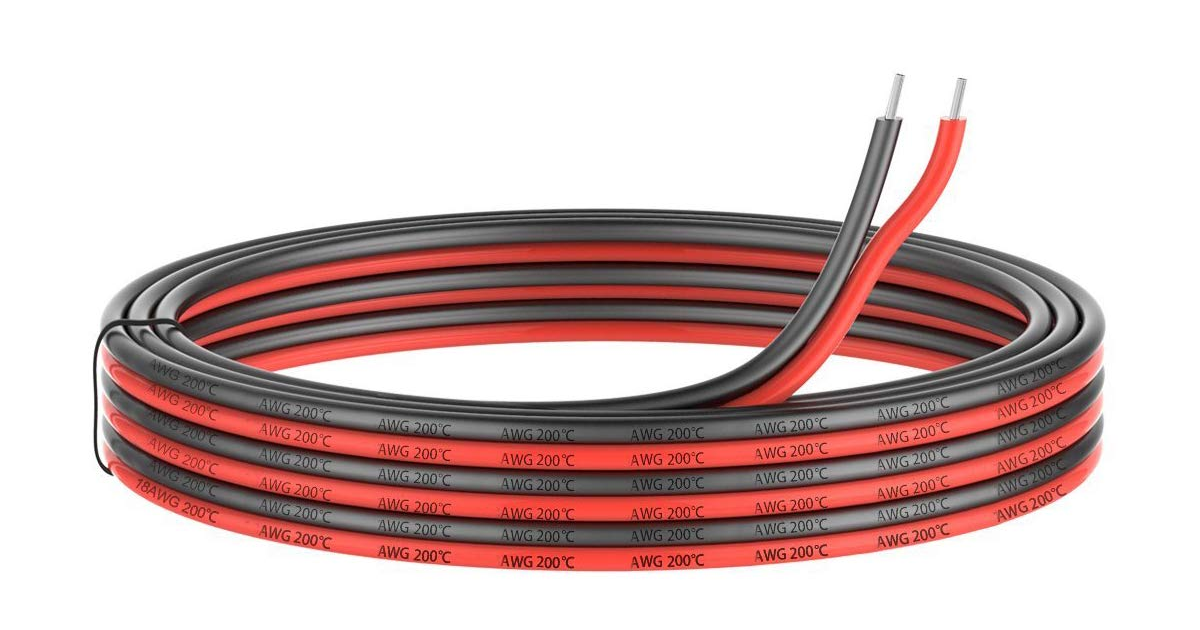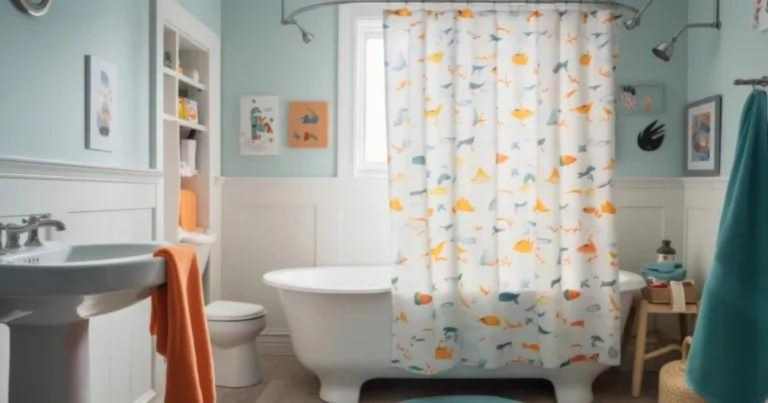When working with electricity, safety is the top priority. One of the most common questions people ask is, “What size wire should I use for a 30-amp circuit?” The answer to this question depends on a few key factors, but getting it right is crucial to ensure the circuit operates safely and efficiently.
In this blog, we’ll explore everything you need to know about choosing the right wire size for a 30-amp circuit, why wire size matters, and tips to keep in mind when working with electrical systems.
Read Everything You Need to Know About Wire!
What Does Wire Size Mean?
Before we dive into wire sizes, it’s essential to understand what we mean by “wire size.” Wire size refers to the diameter of the wire and is measured using a gauge system called the American Wire Gauge (AWG). The smaller the number, the thicker the wire. For example, 10 AWG wire is thicker than 14 AWG wire.
The thickness of the wire is important because it determines how much electrical current (measured in amps) the wire can safely carry. If the wire is too thin for the amount of current flowing through it, it can overheat, causing potential damage or even fire.
What Size Wire Do You Need for a 30-Amp Circuit?
For a 30-amp circuit, you’ll typically need to use a 10-gauge wire (10 AWG). This size wire is thick enough to handle the 30 amps of electrical current without overheating. Here’s a quick breakdown of why 10-gauge wire is recommended for 30 amps:
- Ampacity: The ampacity of 10 AWG wire is 30 amps, meaning it can safely handle that amount of current.
- Safety Margin: Using a wire with the correct ampacity ensures the system operates safely, reducing the risk of overheating, electrical fires, or damage to connected appliances.
What Happens if You Use the Wrong Wire Size?
Using the wrong size wire for a 30-amp circuit can have serious consequences. Here’s what could go wrong if you use a wire that’s too small:
- Overheating: Thin wires are more likely to overheat when carrying more current than they are designed to handle. Overheating can cause the insulation around the wire to melt, leading to short circuits or fires.
- Voltage Drop: Using a wire that’s too small can result in a voltage drop, where the voltage delivered to your devices is lower than expected. This can cause your appliances to run less efficiently or even malfunction.
- Damage to Appliances: An undersized wire can also damage appliances by providing inconsistent power, which could shorten their lifespan.
Always ensure you choose the correct wire size for your circuit to avoid these risks.
Factors to Consider When Choosing Wire Size
While a 10-gauge wire is generally recommended for a 30-amp circuit, there are a few additional factors you may need to consider:
- Distance: The distance between the power source (e.g., the breaker box) and the appliance or outlet can affect the wire size you need. If the distance is too long, voltage drop can occur. To compensate for this, you may need to use a thicker wire. For example, if your circuit is running over 100 feet, you might want to upgrade to an 8-gauge wire.
- Type of Wire Insulation: Wires are coated with insulation to protect them and reduce the risk of electrical shock. The type of insulation affects the wire’s ampacity. Different types of insulation are rated for different maximum temperatures. If you are running the wire through an area that experiences higher temperatures (such as an attic), you may need a thicker wire or a wire with insulation that can handle higher temperatures.
- Type of Circuit: If the circuit is a continuous load (meaning it runs for three or more hours at a time), you may need to use a thicker wire. Continuous loads put more strain on the electrical system, so having a thicker wire helps manage that extra strain.
Types of Wire for a 30-Amp Circuit
Now that we’ve covered the size, let’s talk about the types of wire you can use for a 30-amp circuit. You have a few options:
- Copper Wire: Copper is the most common material for electrical wiring because it is a great conductor of electricity. Copper wire is durable, flexible, and relatively easy to work with. For a 30-amp circuit, a 10-gauge copper wire is the most recommended.
- Aluminum Wire: Aluminum is another option, though it’s less commonly used in modern wiring because it isn’t as efficient at conducting electricity as copper. If you use aluminum wire for a 30-amp circuit, you’ll need to go up to an 8-gauge wire instead of the 10-gauge used for copper.
- Romex Cable: Romex is a brand of non-metallic sheathed wire commonly used in residential wiring. For a 30-amp circuit, you can use 10/2 or 10/3 Romex cable. The difference is that 10/2 has two insulated wires and one ground wire, while 10/3 has three insulated wires and one ground wire. The choice between 10/2 and 10/3 depends on the specific requirements of your circuit, such as whether it requires a neutral wire.
Common Uses for a 30-Amp Circuit
A 30-amp circuit is typically used for appliances that require more power than standard household devices. Some common examples include:
- Electric Dryers: Many dryers require a 30-amp circuit to run efficiently.
- RV Hookups: Recreational vehicles often need a 30-amp circuit when parked at a campsite or plugged in at home.
- Water Heaters: Some water heaters require a 30-amp circuit.
- Air Conditioners: Central air conditioning units may also require a 30-amp circuit, depending on the size of the system.
Tips for Safely Installing a 30-Amp Circuit
Whether you’re installing a 30-amp circuit yourself or hiring an electrician, there are a few tips to keep in mind to ensure the installation is safe and up to code:
- Follow Local Building Codes: Make sure your installation complies with local electrical codes. These codes exist to ensure that wiring is done safely.
- Use a Dedicated Circuit: Appliances that require a 30-amp circuit should be on a dedicated circuit, meaning that no other devices share the circuit.
- Turn Off the Power: Before working on any electrical project, always turn off the power at the breaker box to avoid the risk of electrical shock.
- Consider Hiring a Professional: If you’re not experienced with electrical work, it’s best to hire a licensed electrician. Electrical systems can be dangerous, and mistakes can be costly.
Conclusion
Choosing the right size wire for a 30-amp circuit is critical for ensuring safety and functionality. In most cases, a 10-gauge copper wire will be the best choice, but always consider factors like distance, insulation type, and the specific needs of your appliances. By understanding the importance of wire size and following the guidelines, you can avoid potential hazards and ensure your electrical system operates smoothly.








